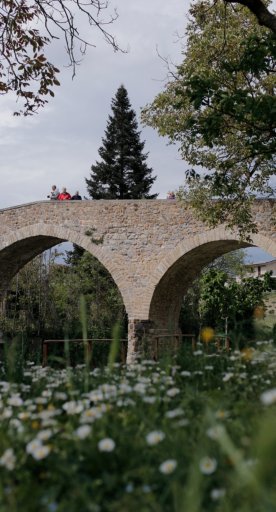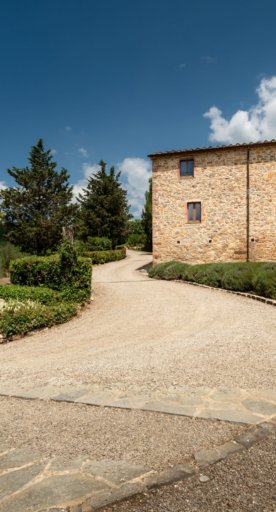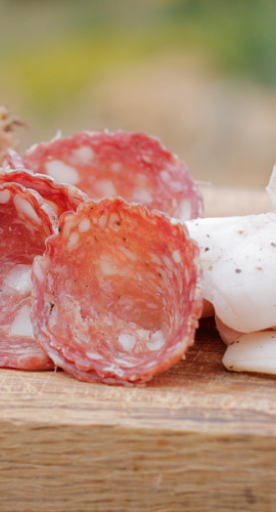Right next to Castelfranco di Sopra, you cannot but admire the Arnolfo tower, a symbol of the town and the clearest remains of the castle that the Florentine government once built here. If you climb the tower, you can enjoy a privileged view over the magnificent Castelfranco countryside, in the foothills of the Apennines, and over the fairytale landscape of the Balze. Don't miss the early seventeenth-century church of San Filippo Neri, which contains works from the Florentine schools of Andrea del Sarto and Matteo Rosselli (sixteenth and seventeenth centuries respectively), and which has a notable frescoed ceiling. Piazza Vittorio Emanuele marks the real heart of the town: enter this square from the Porta Campana, and to your right you will find the town hall, which was built in the early 1300s.
At the gates of the town, surrounded by the green of olive groves and vineyards, you find the monastic complex of San Salvatore a Soffena, which comprises a church, a cloister and a convent. The abbey is mentioned in a document from the year 1014, and contains fifteenth-century frescoes by artists of the calibre of Paolo Schiavo, Bicci di Lorenzo and the Maestro Liberato da Rieti. But perhaps the most noteworthy artwork is the Annunciation by Giovanni di Ser Giovanni, known as Lo Scheggia, brother of Masaccio.
Walking north along the Strada dei Sette Ponti, you come to the medieval village of Pian di Scò and its old Romanesque church, Santa Maria Pian di Scò. The church's roof is supported by six breathtaking columns, with capitals adorned by human-like figures, animals and plant patterns.



























